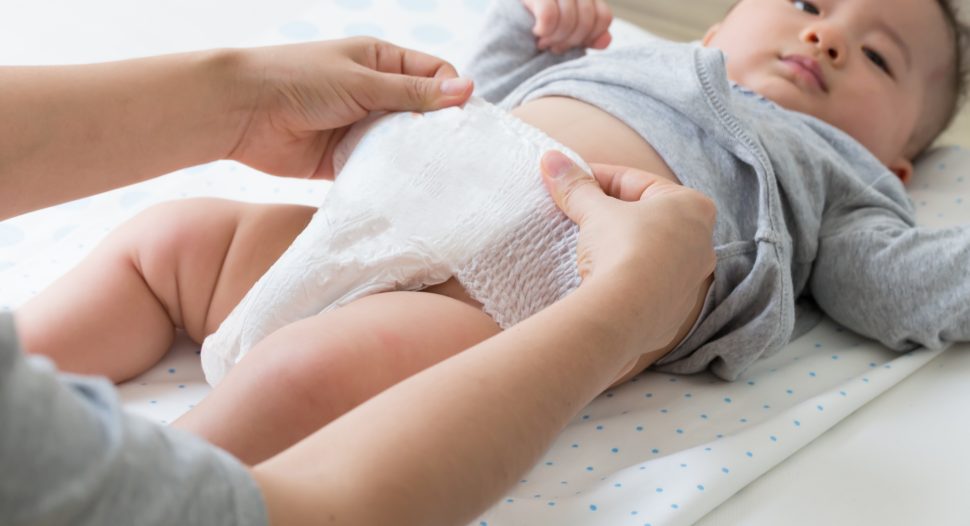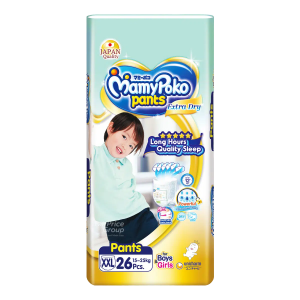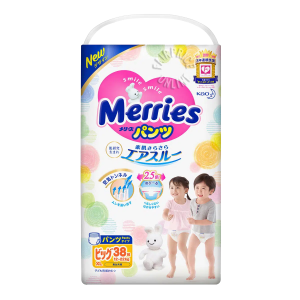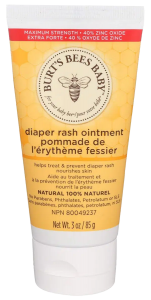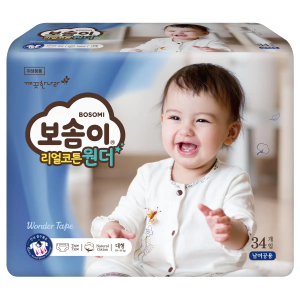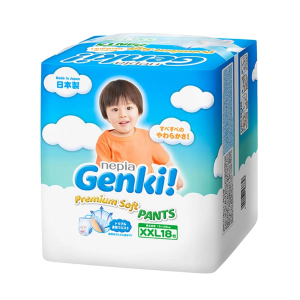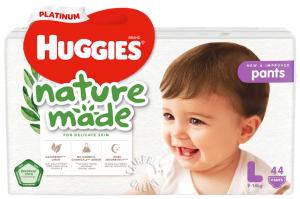An easy-to-follow guide to picking the right diaper!
Finding the right disposable diaper for your little one can be a real pain in the bottom! As a young parent, I’m sure there are a load of questions you may have such as:
How does a diaper even work?
What exactly is diaper rash? How do I prevent it?
Wait, I’m paying how much for these??
So many questions, so little answers! Parents can use so many diapers every month (about 6-10 a day for 30 days), and you don’t want to be flushing money down the toilet by making the wrong, or possibly unhealthy choice.
So, before the trip to the diaper aisle drops a bomb on you, don’t worry — we’ve got you covered!
Diaper basics: how do they work?
Diapers are way more than just a really absorbent piece of cloth! They’re specially designed to transfer liquids away from the skin and into the absorbent core, containing all the unwanted waste while keeping the baby as clean and dry as possible.
But what exactly is this marvel of modern science made of?
Anatomy of a diaper
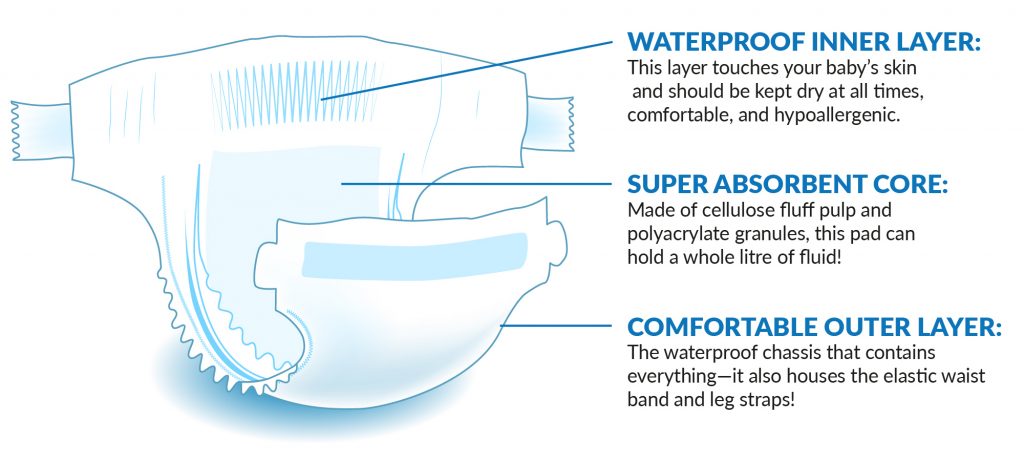
Waterproof inner layer: This layer touches your baby’s skin and should be kept dry at all times, comfortable, and hypoallergenic.
Super absorbent core: Made of cellulose fluff pulp and polyacrylate granules, this pad can hold a whole litre of fluid!
Comfortable outer layer: The waterproof chassis that contains everything. It also houses the elastic waistband and leg straps!
So there, we’ve solved the mystery of the miraculous diaper! It’s not all magic. Now that we’re all in on the secret, here are some important factors of a diaper:
Things to look out for
Important: Material, size, fit, quality, and price
Extras: Elastic Bands, Side Wings, Straps, Scents, Design, Wetness Indicator
Lastly, note the difference between overnight diapers and regular diapers. Overnight diapers are sturdy and more absorbent, while regular diapers compromise on absorbency for a more comfortable wear for everyday movement.
And now, the quest for the perfect diaper begins!
1. How absorbent should it be?
Every baby’s bowel movement is different and requires a different level of absorbency. Don’t waste your money on ultra-absorbent diapers if you don’t actually need them!
Here’s a tip: you can start out with a less absorbent brand as a gauge and work your way up!
2. Does it fit comfortably?
A good fit should allow your baby to move around freely, contain everything and prevent leaks! Take note of the size of your baby and look out for elastic bands, side wings, and Velcro closures which let you tighten or loosen the fit easily. This will be super useful as your baby grows.
Also note how your baby responds to the comfort of the material — a good indicator of whether there will be chafing and irritation!
3. Is it good for your baby’s skin?
Beware, the infamous diaper rash! It’s a form of skin inflammation that appears as a bright red patch. It occurs when the skin is irritated from chafing or from the stool itself. In more serious cases, it may even cause an infection. A good diaper should not only work well to keep your baby dry, but should also be gentle to their skin in order to prevent any chafing.
Also, take note of any added fragrances or lotions in the diaper. A scented diaper may help to mask any unwanted smells, but the added oils may be the reason for the irritation in your baby’s sensitive skin. Special hypoallergenic diapers are a good option for babies with especially sensitive skin.
There is no perfect way to predict diaper rash, but we can do our best to prevent it from happening. Make sure to change diapers every four hours, and look out for any redness when changing. Take note if your child has any reactions and make any adjustments accordingly!
Things to factor: chafing or leaking, added scents/lotions
3. Does it make changing diapers easier?
At the end of the day, the diaper serves to make your life as a parent easier, too. Make sure you get one that isn’t too difficult to change. Look out for other features such as wetness indicators or “back and front” labels that can help you out!
Things to factor: easy-to-change straps, wetness indicators
Lastly, is it eco-friendly?
Diapers may be made out of a lot of plastic and chemicals that can be harmful for the environment.This is especially more important because of how quickly they pile up in the bin. Make sure to check your labels so you choose diapers that are mostly free from harmful chemicals!
Things to factor: eco-friendly labels, compostable materials
Other tips that may help
Try out at least two brands
Trial and error is still the best way to know what works best! Try out more than one brand at a time to understand how absorbent or comfortable the right diaper needs to be. Here’s a tip: use different brands for the day and the night!
Explore the brand and its different kinds
If there is a brand that you’ve managed to settle on, don’t hesitate to explore the different types of diapers that they have to offer! You may also explore different designs that your baby may prefer. They’re gonna wear it every day, so you might as well let them wear one they like!
Ask for recommendations
Friends or family members with kids will have the most valuable insight! Ask for their experience and opinions to find out what works best.
Get everything your baby needs here!
***
References:
https://www.babygearlab.com/expert-advice/what-is-inside-those-disposable-diapers
https://www.kiddyneedz.com/guide-to-choose-the-best-diapers-for-babies/
https://sg.theasianparent.com/how-to-choose-between-diaper-brands
https://www.thebump.com/a/best-disposable-diapers
https://www.mayoclinic.org/diseases-conditions/diaper-rash/symptoms-causes/syc-20371636
